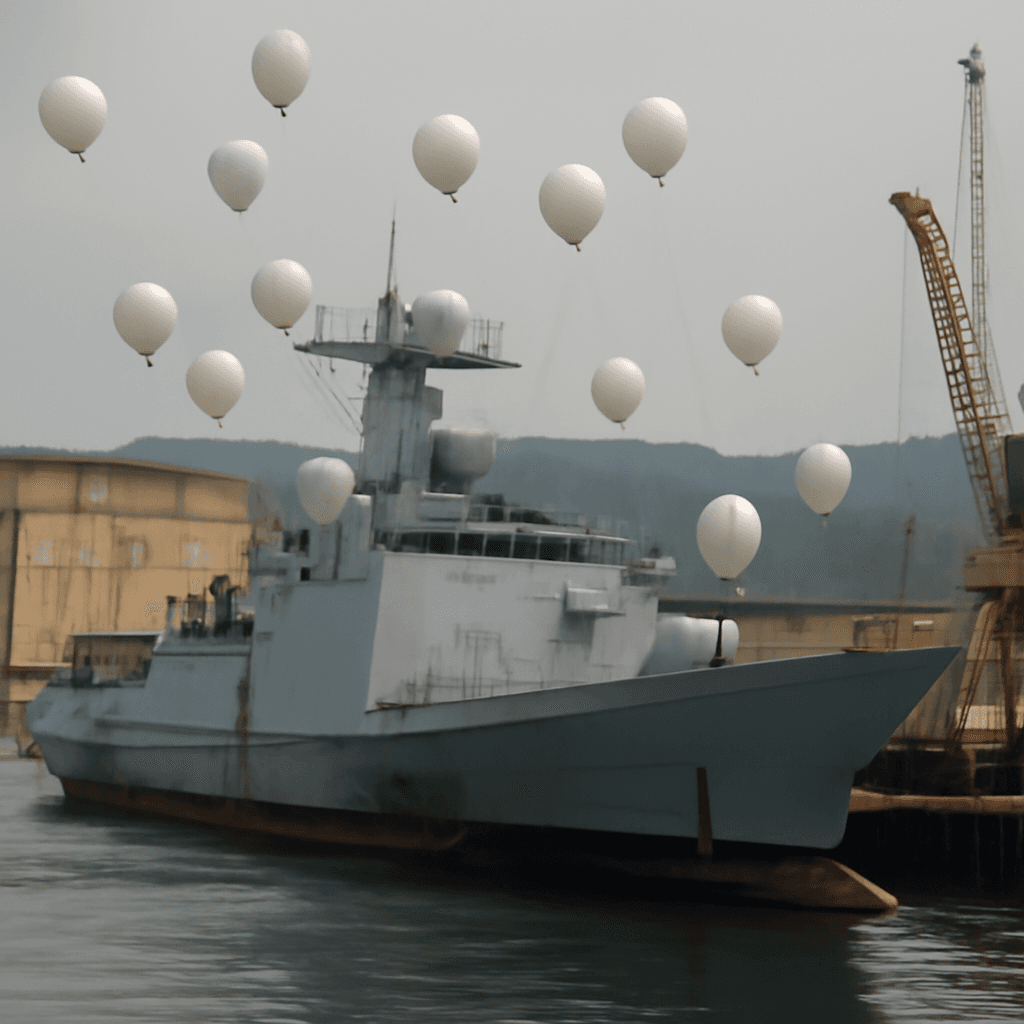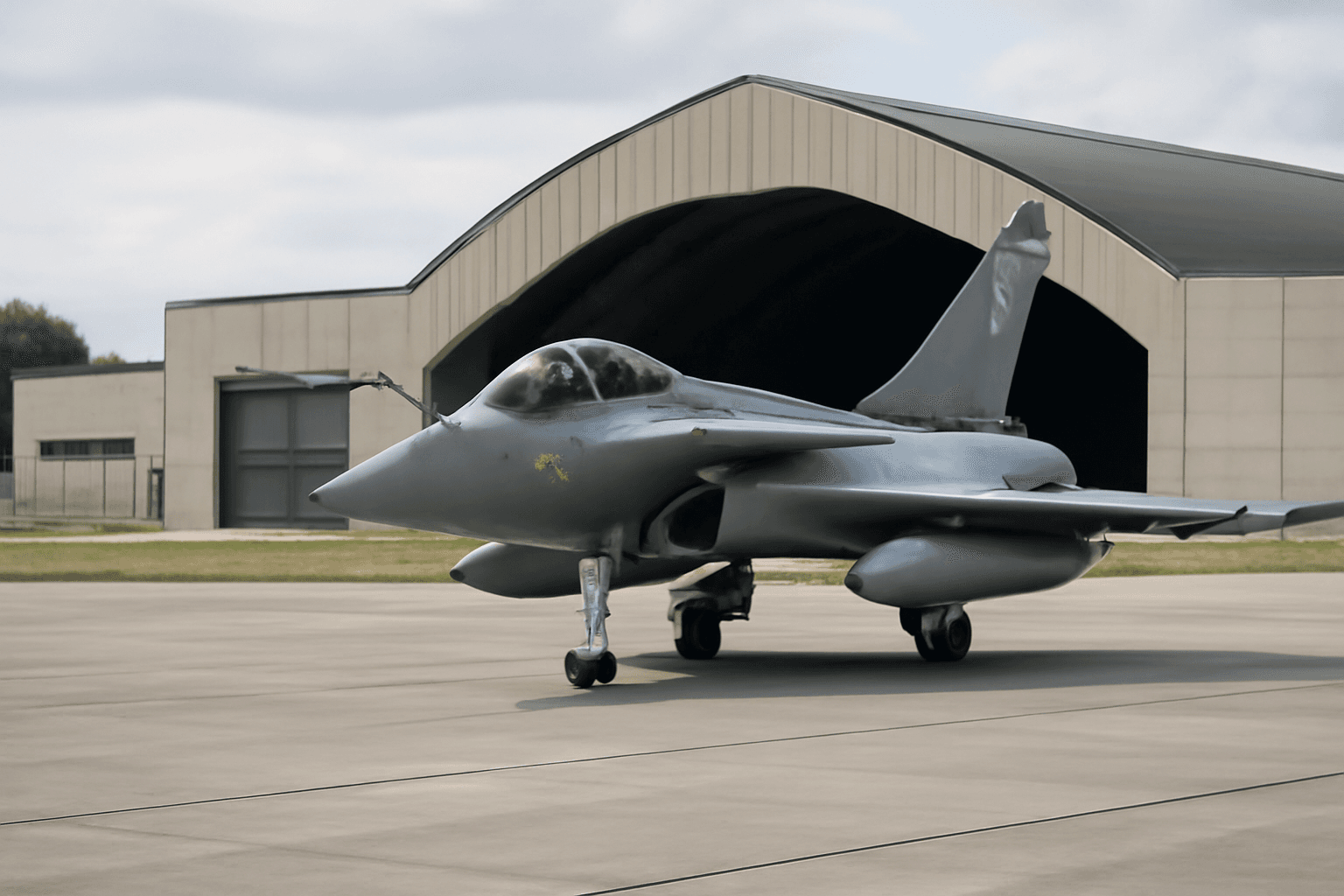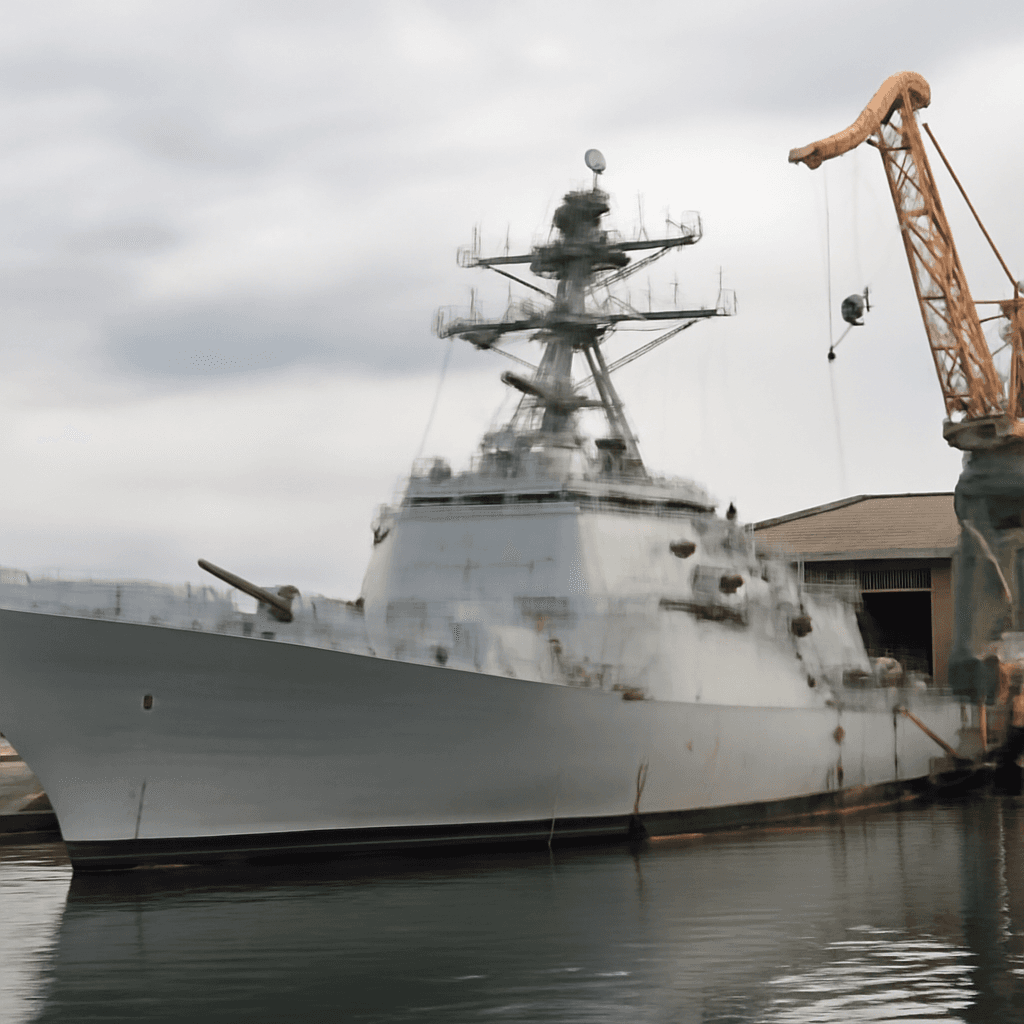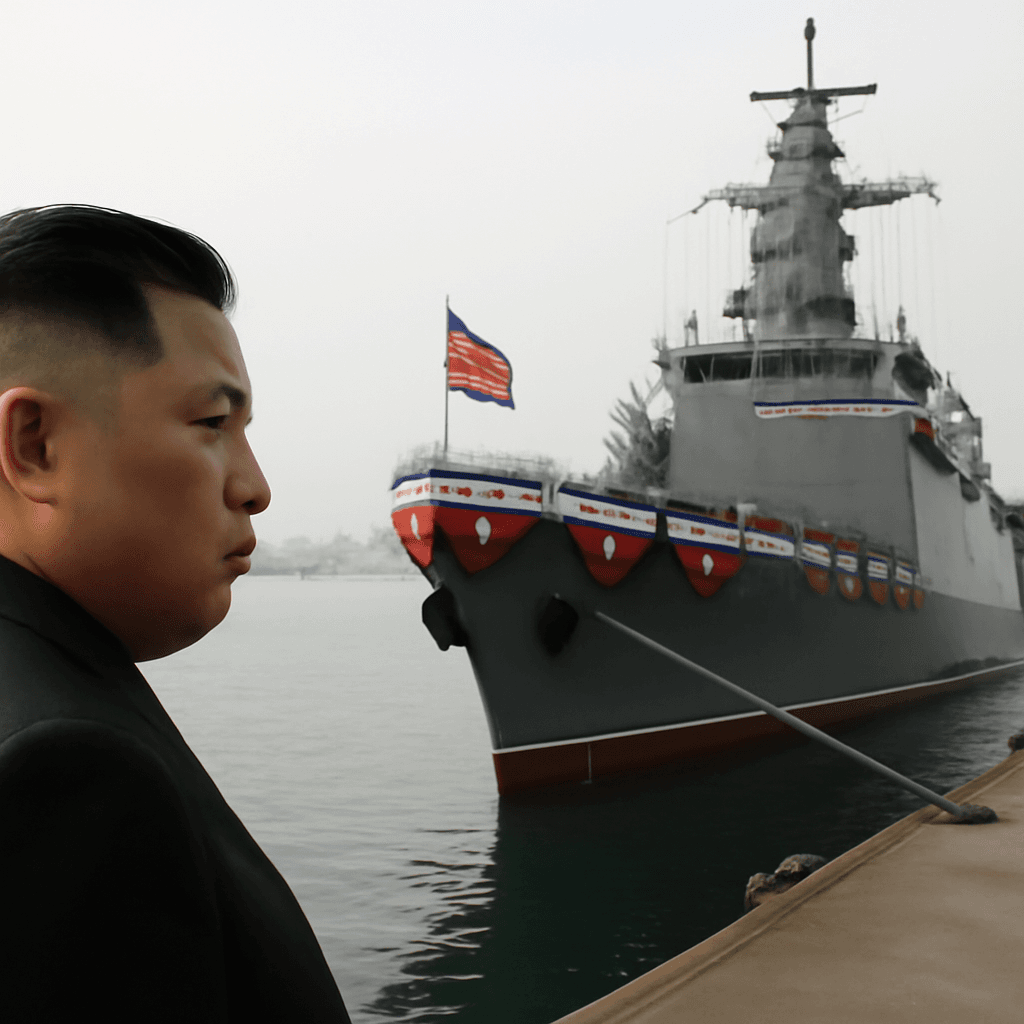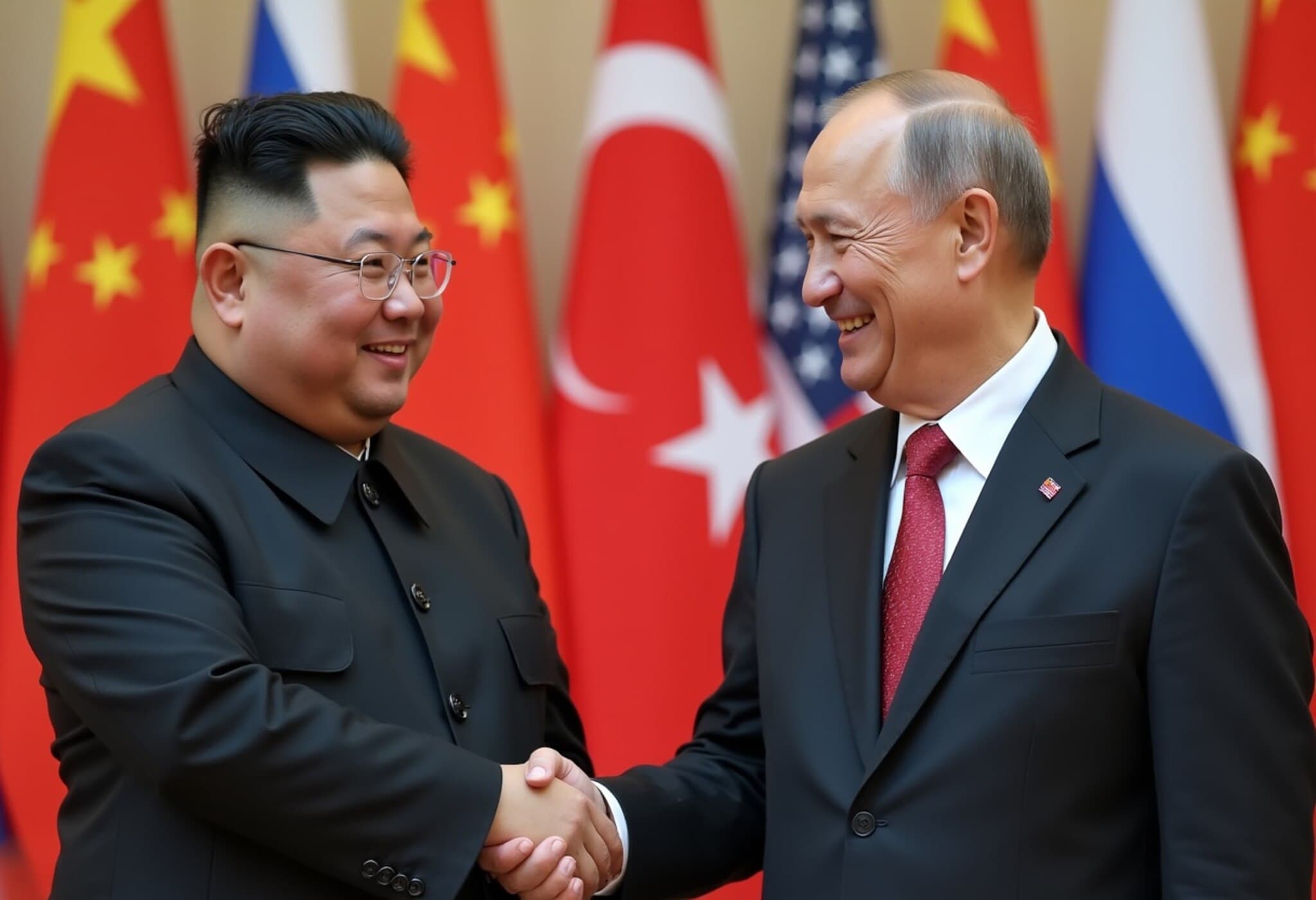North Korea Deploys Balloons Over Damaged Warship
Following a failed launch attempt, North Korea has deployed a series of balloons above its damaged 5,000-ton naval destroyer, which remains partially submerged and lying on its side at the Hambuk Shipyard. The incident occurred on May 21, 2025, when a malfunction during the launch caused the ship to slide prematurely into the water, damaging the hull and leaving the bow stuck on the shipway.
Failed Launch Amid Ambitious Naval Modernization
The warship was intended to symbolize North Korea's ongoing naval modernization efforts. The premature launch unfolded under the supervision of the country's leader, who reportedly condemned the failure as a "criminal act." Consequently, four individuals, including the shipyard's chief engineer, have been detained for responsibility in the mishap. Leadership demands that the warship be repaired before the final plenary session of the ruling party slated for late June.
Experts Analyze the Purpose of the Balloons
Satellite images reveal numerous white, balloon-like aerostats deployed above and around the damaged vessel since May 23. Experts propose two primary functions for these balloons:
- Espionage Prevention: The balloons may serve as a countermeasure against surveillance by drones and reconnaissance satellites, creating a visual and radar barrier.
- Structural Support for Repairs: The balloons could help reduce stress on the damaged sections of the ship, particularly the bow that remains out of water, aiding stabilization to facilitate repair efforts.
One military analyst highlighted that the balloons are unlikely intended to refloat the ship but rather to prevent further flooding and assist in managing the ship’s stability. A retired naval officer noted the balloons’ tail fins and aerostat characteristics, resembling smaller dirigibles that utilize lifting gas for buoyancy.
Technical Limitations and Contrast with Other Navies
Unlike advanced naval repair technologies such as flotation bladders commonly used by other militaries, North Korea appears to rely on simpler, less sophisticated methods due to technological constraints. The absence of flotation equipment in satellite imagery supports this assessment.
Conclusion
North Korea’s use of balloons over the damaged warship follows a highly visible failure during a critical naval project. This approach highlights both the regime’s urgency to control information from foreign observation and the limitations it faces in naval repair technologies. The coming weeks will reveal the effectiveness of these efforts as the regime strives to present a restored naval asset at its upcoming political session.

